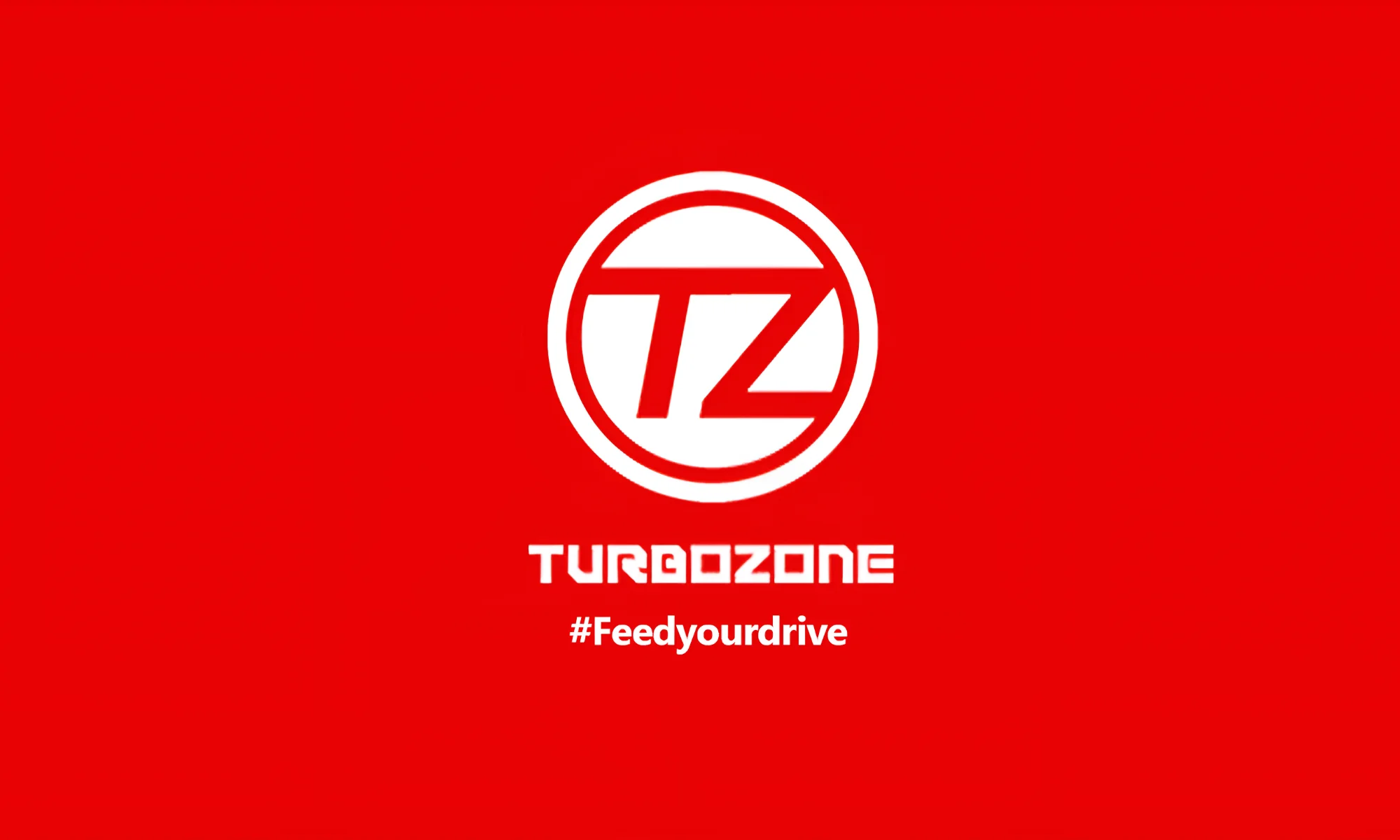These days, everybody can use more ways to save money. Whether that’s leaving your lights on less at home to save on your electric bill or cooking more, instead of spending money on fast food, savings is savings. Keeping proper car of your car, and driving it like a normal person, can help too. Here’s the second part of our tip sheet.
Know where you’re going. This is a simple matter of driving more and idling more than you need to. Find the quickest route, know that route, and execute that route, before getting in the car, where you’ll be wasting gas.
Use good-quality gas. Here’s a newsflash, guys: Those commercials that big brands air about all the additives and cleansers aren’t lying. They might not make the gas as high-tech as those vibrant demonstrations suggest, but when it comes to gas, don’t cheap out. Put quality fuel into your car and expect a cleaner engine and better mileage. The added benefit is that your car will continue to run better for longer.
Keep your tire pressure up to specs. When you’re driving with tires that aren’t to the correct pressure, there’s more friction and resistance. When there’s more friction and resistance, it’s harder to get the car going and keep it going. That means more gas pumping through those veins.
Keep your tire pressure up to specs. When you’re driving with tires that aren’t to the correct pressure, there’s more friction and resistance. When there’s more friction and resistance, it’s harder to get the car going and keep it going. That means more gas pumping through those veins.
Maintain the speed limit on the highway. Drivers, meet cruise control. Cruise control, meet speed limit. Driving at higher speeds creates more wind resistance, and by now, you know more resistance means a harder struggle for the engine to keep up. Constantly going faster and slower will also drain your tank much faster than you’d like, so try to stay consistent. Nobody likes those people anyway.






